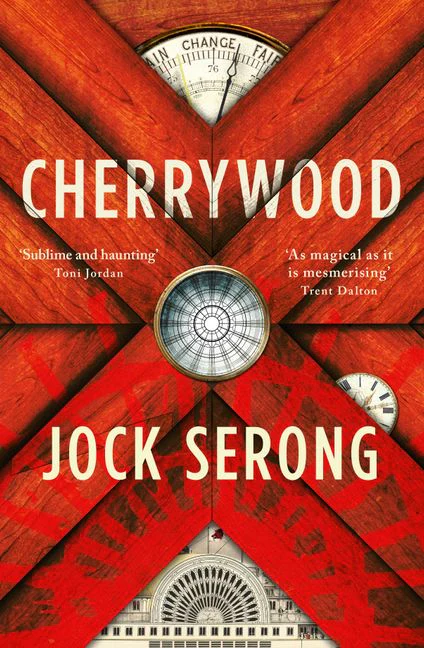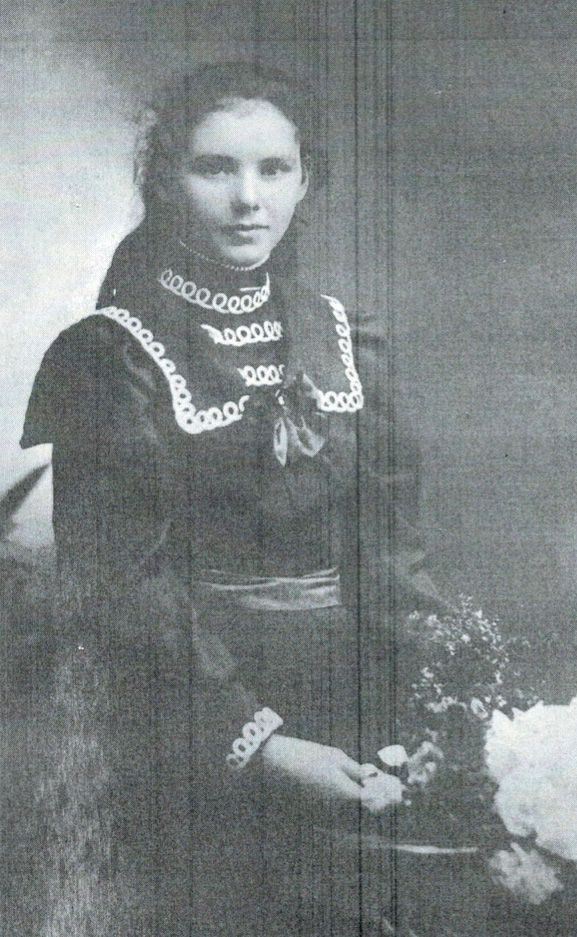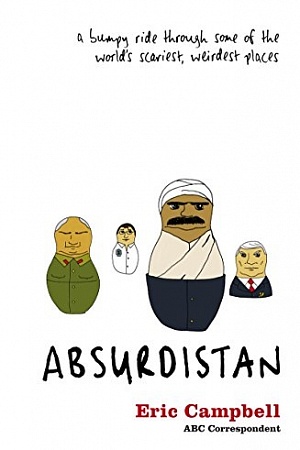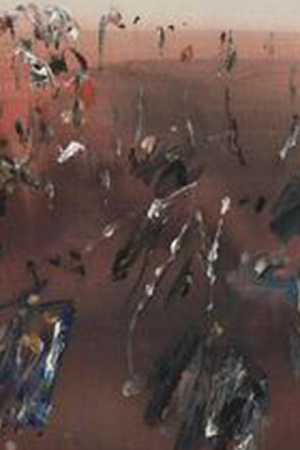Cherrywood
Fourth Estate, $34.99 pb, 389 pp
And the ship sails on
Intertextual spins on Peter Carey’s 1988 novel Oscar and Lucinda may yet be finding new reading congregations. Carey’s progenitive postcolonial novel refuted landscapes empty of First Nations peoples, less jewel horizon than abject mire and macadam, along which the failed preacher Oscar and his party moved the components of a glass church overland and upriver to Edenic rural Bellingen. A metaphor of failed settler hopes and dreams, the fabulist glass church leitmotif is symbolic of white intrusion, as an omniscient Aboriginal narrator observes in the chapter savagely and simply entitled ‘Glass Cuts’.
It has been a while since white historical novelists delved boldly into magical realms, evoking communities grown in unheimlich clusters over unceded land. Meanwhile, Aboriginal realist techniques have flourished in the novels of Alexis Wright and in stories such as Ellen Van Neerven’s ‘Water’ (Heat and Light, 2016). Such works resist Eurocentric lineages of magical realism, evoking Country-specific stories of spirituality and belonging that do not subjugate Indigenous knowledges or reductively romanticise ‘Blak works’ as purely magical.
Continue reading for only $10 per month. Subscribe and gain full access to Australian Book Review. Already a subscriber? Sign in. If you need assistance, feel free to contact us.












Leave a comment
If you are an ABR subscriber, you will need to sign in to post a comment.
If you have forgotten your sign in details, or if you receive an error message when trying to submit your comment, please email your comment (and the name of the article to which it relates) to ABR Comments. We will review your comment and, subject to approval, we will post it under your name.
Please note that all comments must be approved by ABR and comply with our Terms & Conditions.